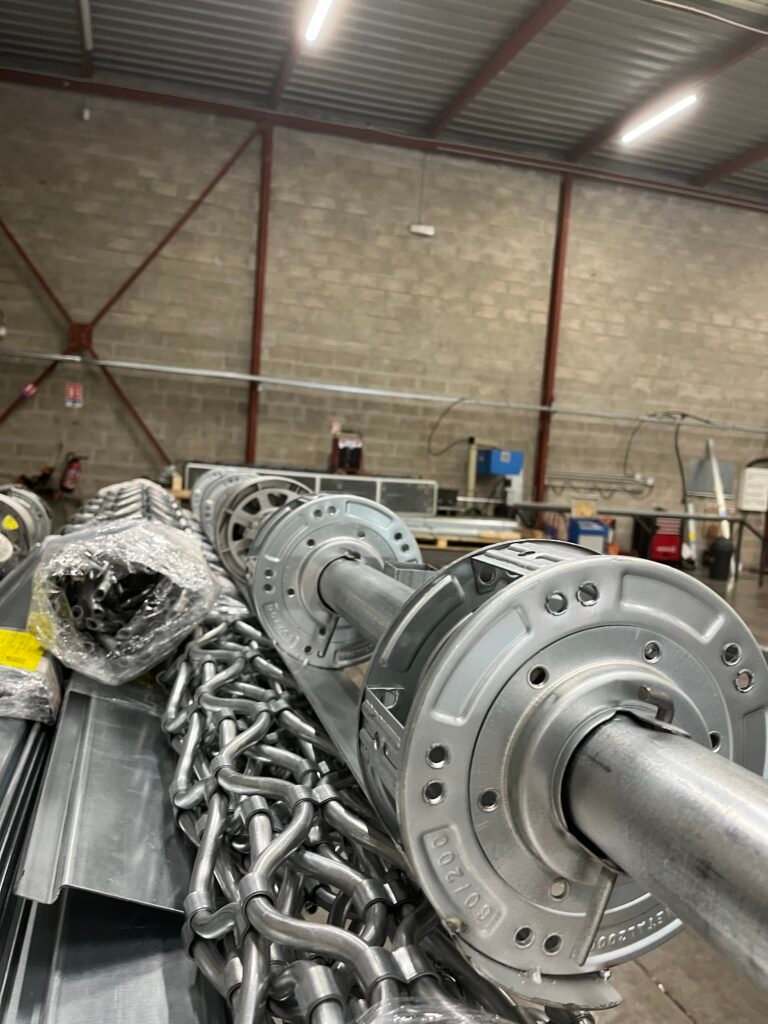Introduction: Iron Metal: Properties, Extraction, Applications, and Importance in Chemistry
Iron (Fe), known by its chemical symbol Fe, is one of the most abundant metals on Earth. Used for millennia, it plays a crucial role in various fields, including chemistry, industry, and biology. This article explores its physical and chemical properties, density, atomic mass, and importance as an industrial material. We will also examine its applications, economic role, extraction, refining, and environmental impacts, with a perspective relevant to Indian readers.
1. What is Iron (Fe)?
Iron is a transition metal located in Group 8 of the periodic table. It is a key element in many natural structures and compounds.
General Properties of Iron:
- Chemical Symbol: Fe
- Atomic Number: 26
- Atomic Mass: 55.845 u
- Density: 7.87 g/cm³
- Melting Point: 1538°C
- Boiling Point: 2862°C
- Category: Transition Metal
Atomic Structure and Electronic Properties
Iron has a unique electronic structure:
- Electronic Configuration: [Ar] 3d⁶ 4s²
- Common Oxidation States: +2, +3
These properties explain its chemical behavior and ability to form various compounds.
2. Extraction and Refining of Iron
Iron is mainly extracted from ores such as hematite (Fe₂O₃) and magnetite (Fe₃O₄).
2.1 Iron Extraction
The extraction process includes several steps:
- Mining: Iron ores are extracted from open-pit or underground mines.
- Crushing and Grinding: The ore is crushed into fine particles.
- Enrichment: Iron is separated from impurities using magnetic or chemical processes.
- Calcination: The ore is heated to remove water and other volatile components.
2.2 Refining of Iron: Blast Furnaces and Steel Production
Iron ore is smelted in a blast furnace using coke and limestone. This process produces pig iron, which is further refined into steel.
- Reduction in the Blast Furnace: Carbon from coke reacts with oxygen in the ore to produce liquid iron.
- Refining: Carbon content is reduced to obtain steel.
- Alloying: Elements such as chromium or nickel are added to enhance mechanical properties.
3. Is Iron a Metal, Non-metal, or Metalloid?
Iron is classified as a metal due to its distinct physical and chemical properties:
- Good thermal and electrical conductivity
- Malleability and ductility
- Ability to form alloys with other metals (e.g., steel, cast iron)
Unlike metalloids, which exhibit intermediate properties, iron has a well-defined crystalline structure and characteristic metallic reactivity.
4. Importance of Iron in Chemistry
Iron plays a fundamental role in industrial and biological chemistry. It is involved in:
4.1. Chemical Compounds of Iron
Iron exists in various oxidation states, with Fe(II) and Fe(III) being the most common. Important compounds include:
- Iron oxides (FeO, Fe₂O₃, Fe₃O₄): Used in pigments and steel production.
- Iron sulfate (FeSO₄): Used in medicine to treat anemia.
- Iron chloride (FeCl₃): Used in water treatment processes.
4.2. Iron in the Human Body
Iron is an essential component of hemoglobin, responsible for oxygen transport in the blood. Iron deficiency can lead to iron-deficiency anemia, a common health issue in India.
4.3. Iron in Chemical Reactions
Iron catalyzes various chemical reactions:
- Iron-based catalysts in petrochemistry
- Ammonia production (Haber-Bosch process)
5. Leading Iron-Producing Countries
The top global iron producers are:
- China: Leading producer worldwide
- Australia: Major exporter
- Brazil: High production in South America
- India: Significant production capacity
- Russia: Large reserves
Iron Production Summary Table
| Country | Annual Production (Million Tons) |
|---|---|
| China | 900 |
| Australia | 750 |
| Brazil | 400 |
| India | 250 |
| Russia | 95 |
6. Industrial Applications of Iron
Iron is widely used in industry due to its mechanical properties and ability to form strong alloys.
6.1. Steel and Cast Iron
- Steel: Iron-carbon alloy, used in construction, automobiles, and tools.
- Cast Iron: Iron-carbon alloy with higher carbon content than steel.
6.2. Iron in Electrical Applications
Iron is a moderate electrical conductor and is commonly used in electromagnetic cores and electrical circuits. Its natural magnetism makes it useful for:
- Electrical transformers
- Motors and generators
- Electromagnets and relays
7. Applications in Metalworking and Locksmithing
Iron plays a crucial role in the metalworking and locksmithing industries, particularly in:
7.1. Manufacturing High-Security Locks
- High-strength steel locks resist break-ins and wear.
- Advanced lock mechanisms integrate iron-based components for durability.
- Biometric and electronic locks use iron alloys for strength and resilience.
7.2. Roller Shutters and Security Grilles
- Iron-based security shutters protect storefronts, banks, and homes.
- Galvanized iron increases durability and resistance to rust.
- Automated roller shutters use iron structures combined with motorized systems.
7.3. Iron in Industrial Metalwork
- Production of gates, fences, and doors.
- Custom metalwork for industrial and commercial applications.
- Protective structures for hazardous environments.
8. Environmental Impact of Iron Production
Although iron is abundant, its extraction and refining can cause environmental issues:
- Soil and water pollution
- High energy consumption
- Deforestation due to mining activities
Recycling scrap iron helps mitigate these effects.
9. Conclusion
Iron is a vital metal for both industry and biology. Its presence in modern structures and its essential role in the human body make it indispensable. Its high reactivity and physical properties make it a versatile material for countless applications.
In chemistry, iron continues to play a leading role in research and industrial transformation. Sustainable management is crucial to minimizing its environmental impact.
For more information, visit: https://iron-metal.com/


